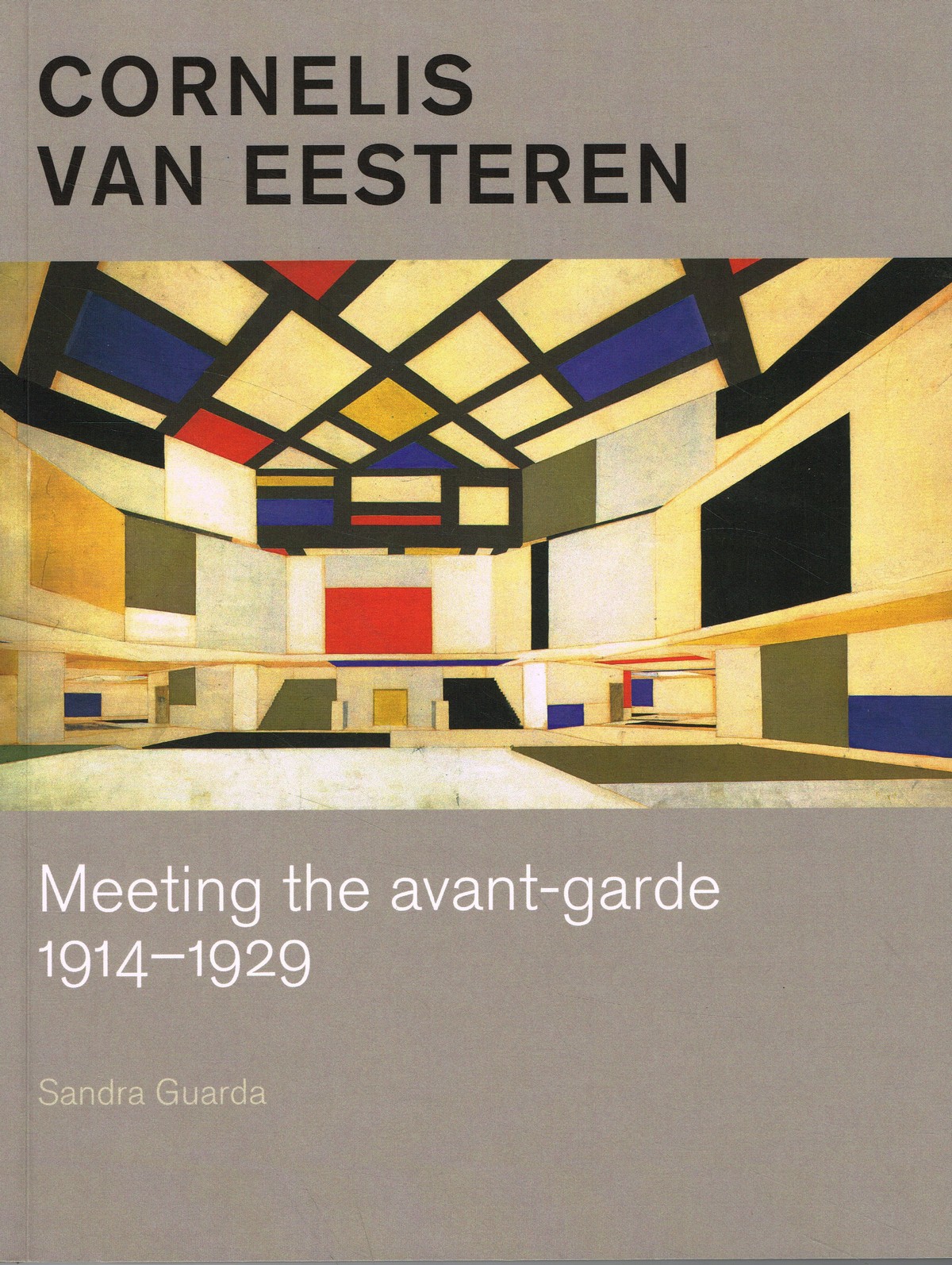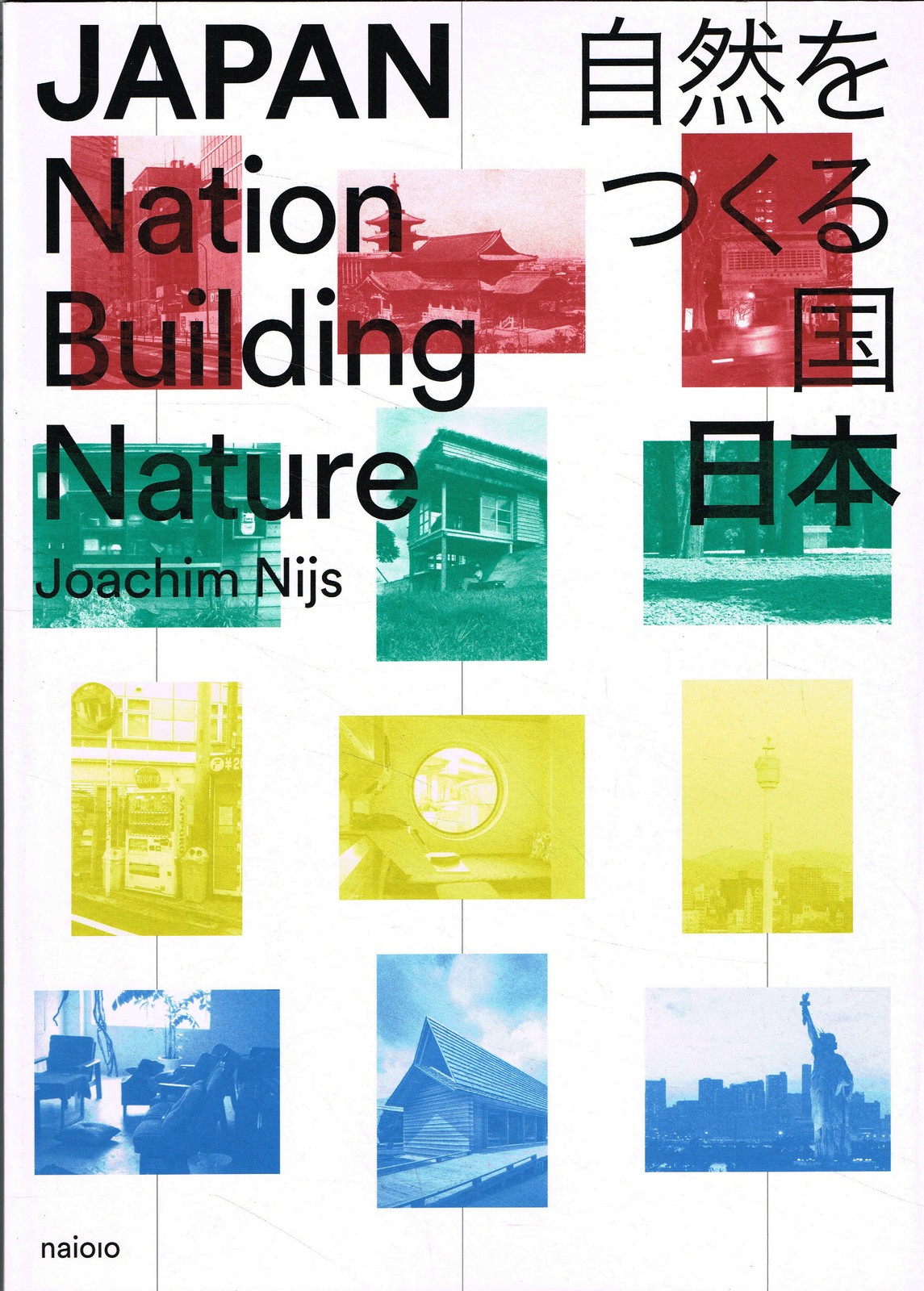Terug/Home/Webwinkel ramsj.nl /Kunst/Architectuur/Japan
Joachim Nijs
Japan
Nation Building Nature
€ 39,95 Oorspronkelijke prijs was: € 39,95.€ 15,00Huidige prijs is: € 15,00.
Japan: Nation Building Nature is the first book to map out the views of nature that have shaped the widely acclaimed but often misunderstood modern architecture of Japan. By connecting the dots between philosophy, design, geopolitics, and an earnest quest for a greener tomorrow, this book explains how Japanese culture can shed new light on our understanding of ecology, and vice-versa. Using a distinctive blend of academic research and personal experience, Joachim Nijs draws on architectural history to navigate Japan’s complex and unique ecological ethic through the lens of four stereotypical phenomena: earthquakes, monsoon climates, nuclear erasure of life, and insularity. This book offers key insights and references for anyone wishing to deepen their knowledge of Japan and its architecture.
Gerelateerde producten
kunst
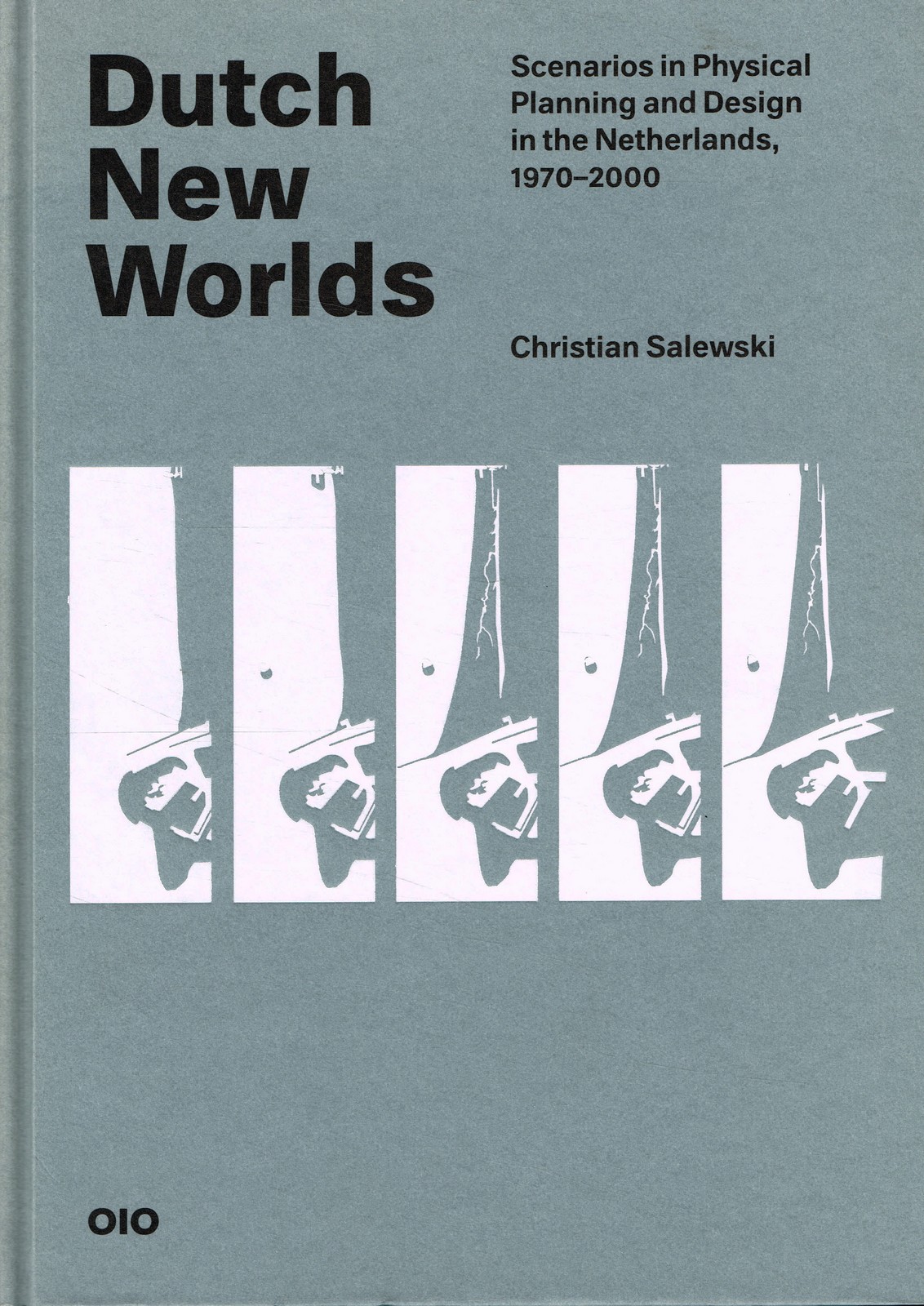
Christian Salewski
Dutch New Worlds
For English see below- Onze beslissingen geven vorm aan onze toekomst, maar we weten weinig over hoe. Om daar achter te komen, construeren planners en ontwerpers levendige beelden van wat zou kunnen zijn. Deze scenario's dienen als baanbrekers tussen verbeelding en rede. Eind jaren tachtig nam de elite van de Nederlandse planning en ontwerp scenario's op ongekende schaal om het publiek te overtuigen van hun ideeën. Maar de zoektocht om Nederland als geheel opnieuw vorm te geven mislukte jammerlijk. Hun poging ontketende echter een golf van nieuw denken over de toekomst en creëerde een enorm aantal spectaculaire beelden van de dingen die komen gaan. 'Dutch New Worlds' vertelt voor het eerst het verhaal van hoe scenariodenken stedenbouw en ruimtelijke ordening veranderde, vanaf het begin eind jaren zestig tot het hoogtepunt in de jaren negentig. Het laat zien hoe de meeste grootse scenarioprojecten op niets uitliepen door overambitie en misbruik. Het laat ook zien hoe scenario's vandaag de dag krachtige instrumenten blijven voor gericht en transparant ontwerpend onderzoek om betere steden en regio's te creëren. Verteld vanuit het perspectief van een architect en stedenbouwkundige, bevat deze ideeëngeschiedenis fundamentele lessen voor planners, ontwerpers en beleidsmakers - en voor onze volgende beslissingen die onze toekomst zullen vormgeven.-Our decisions shape our future, but we know little about how. To find out, planners and designers construct vivid images of what could be. These scenarios serve as path-breakers between imagination and reason. In the late 1980s, the elite of Dutch planning and design took scenarios to unprecedented scales to convince the public of their ideas. But the quest to reshape the Netherlands as a whole failed dismally. Their attempt, however, unleashed a wave of new thinking about the future and created an enormous number of spectacular images of things to come. Dutch New Worlds tells for the first time the story of how scenario thinking changed urbanism and physical planning, from its beginning in the late 1960s to its height in the 1990s. It shows how most grand scenario projects came to nothing because of overambition and misuse. It also shows how, today, scenarios remain powerful tools for focused and transparent design research to create better cities and regions. Told from the perspective of an architect and urbanist, this history of ideas holds fundamental lessons for planners, designers, and policy makers - and for our next decisions that will shape our future. nai010geb - 352 blz
kunst
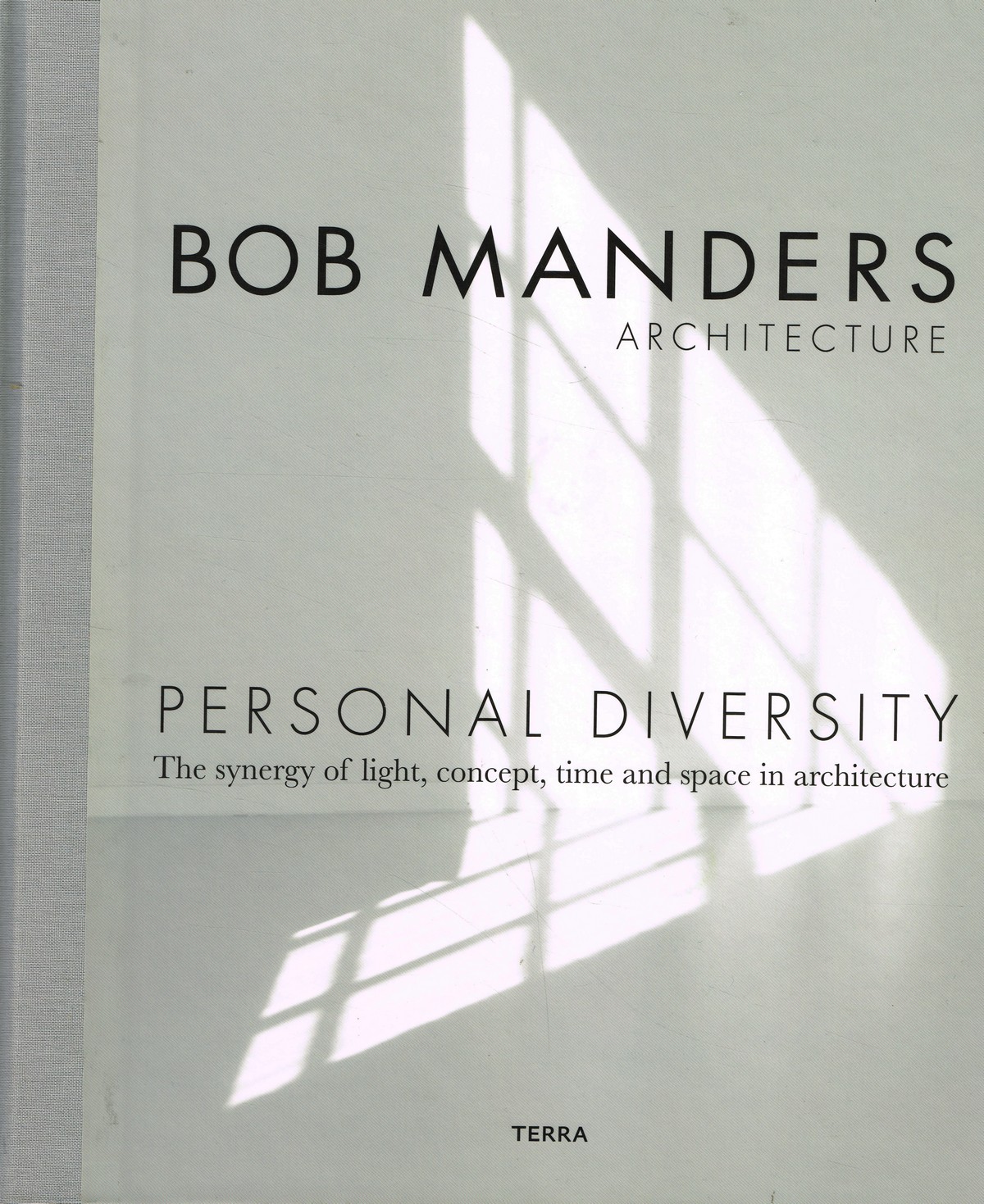
Bob Manders
Personal Diversity
For English see below- In 'Personal diversity' laat de Nederlandse architect Bob Manders zien hoe uiteenlopende smaken en voorkeuren harmonieus kunnen samenwerken binnen een bepaalde stijl of concept. Met de oneindige verscheidenheid van de natuur als inspiratiebron creëert hij structuren die niet gemakkelijk te categoriseren zijn en die de individualiteit van zijn klanten sterk weerspiegelen. Hij combineert inzicht in architectonische principes uit het verleden met een passie voor innovatie, waarbij hij rekening houdt met licht en de impact ervan, context, flexibiliteit en veelzijdigheid. Zijn innovatieve omgang met de ruimte is gebaseerd op zijn Nederlandse afkomst, met een respect voor licht en schaduw dat de verbinding tussen binnen en buiten erkent. Zijn ontwerpen kenmerken zich met open, frisse en witte ruimtes, maar ook kamers die warm, donker en gezellig zijn. Hij gaat de uitdaging aan om alle zintuigen te gebruiken als het gaat om architectuur, met minimalistische ontwerpen die het traditionele en het moderne op sublieme wijze vermengen. - In 'Personal diversity', Dutch architect Bob Manders shows how different tastes and preferences can work together harmoniously within a certain style or concept. Using nature's infinite variety as his inspiration, he creates structures that can't be easily categorized, and strongly reflect the individuality of his clients. He combines insight into architectural principles of the past with a passion for innovation, considering light and its impact, context, flexibility and versatility. His innovative treatment of space draws on his Dutch heritage, with a respect for light and shadow that acknowledges the connection between the inside and the outside. His designs feature open, fresh and white spaces, but also rooms that are warm, dark and cozy. He addresses the challenge of using all the senses when it comes to architecture, with minimalist designs which sublimely blend the traditional and the modern. Tweetalig boek Nederlands en Engels Terrageb - 276 blz
kunst
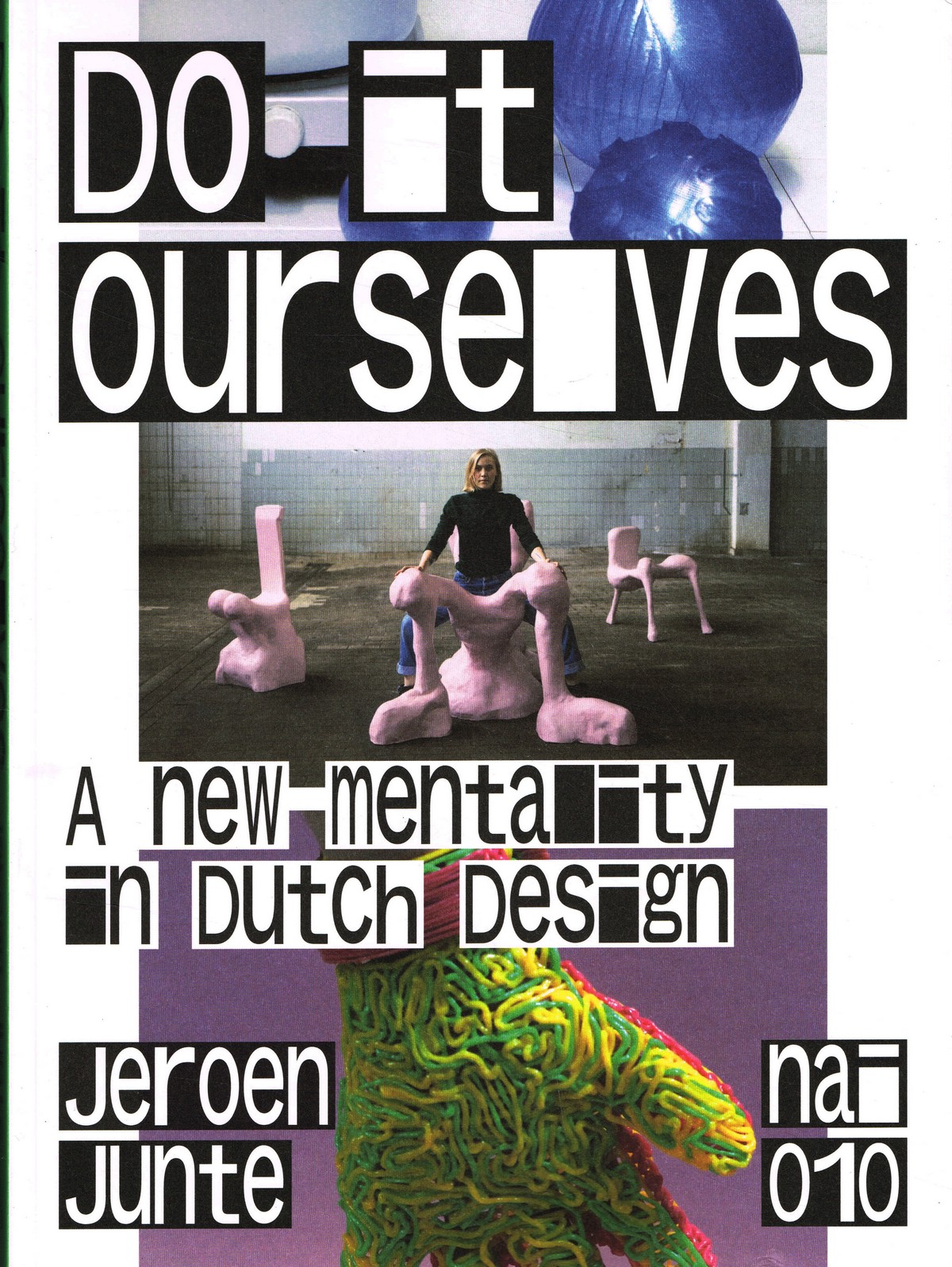
Jeroen Junte
Do It Ourselves
For English see below Nederlandse ontwerpers hebben de afgelopen jaren een scherpe koerswijziging doorgemaakt. De nieuwe lichting ontwerpers kiest nieuwe waarden en uitgangspunten en streeft door onderzoek en samenwerking naar maatschappelijke relevantie en impact. Deze 'post-crisisgeneratie' is bevlogen, optimistisch, maar ook pragmatisch met oog voor schoonheid. Humor en het concept als bijna obligate instrumenten zijn verruild voor engagement en vrij onderzoek. Ironie en beschouwende kritiek hebben plaatsgemaakt voor onbevangenheid en dadendrang. Ambacht en lokale productie worden onderzocht als een realistisch alternatief voor vastgelopen systemen. Naast kunst en design worden ook wetenschap, technologie, sociale studies en politiek gezien als speelvelden voor ontwerpers. Kortom, de nieuwste generatie ontwerpers zoekt naar een inhoudelijke verdieping van het vak en streeft naar een positieve bijdrage aan maatschappelijke vraagstukken. Designjournalist en?criticus Jeroen Junte beschrijft voor het eerst deze nieuwe fase in de ontwikkeling van het alom geprezen Dutch Design en voert de lezer langs 199 verrassende, innovatieve en verbazingwekkende projecten en producten. - English - In recent years, Dutch Design has sharply diverged from its previous course. A generation of designers trained in and shaped by the crisis years chose new values and starting points. The focus is now on inquisitive and collaborative makers who strive for social relevance and, if possible, impact. This 'post-crisis generation' is committed and optimistic, but also pragmatic and in possession of an eye for beauty. Humour and the almost inescapable concept have been exchanged for engagement and free research and irony and contemplative criticism for open-mindedness and the will to act. Craftsmanship and local production are examined as realistic alternatives to deadlocked systems of production and distribution. In addition to art and design, science, technology, social studies and politics are also seen as design arenas. In short, the latest generation of designers is looking to substantiate the content of the profession and make positive contributions to social issues. Well-known design writer Jeroen Junte is the first to describe this new stage in the development of the widely acclaimed Dutch Design, by way of 199 surprising, innovative, astonishing projects and products. Engelstalig boek nai010pap - 275 blz
kunst
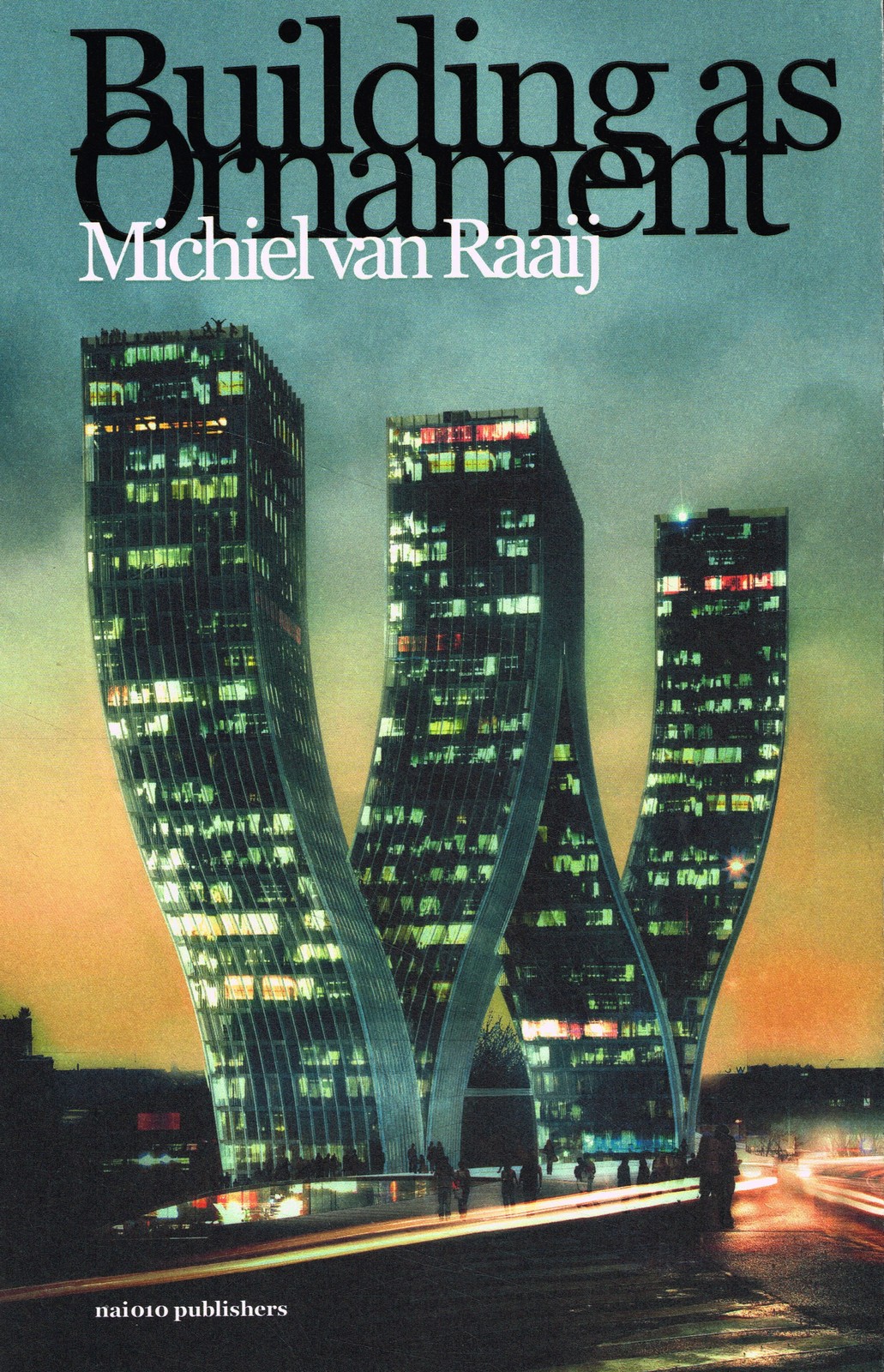
Michiel van Raaij
Building as ornament
For English see below- Het ornament in de architectuur is terug, maar nu op de schaal van het gebouw als geheel. Een letter uit het alfabet, een stapel kiezels of een nationaal embleem - de diversiteit aan vormen die de nieuwe architectuur kan aannemen lijkt onbegrensd. In 'Building as Ornament' onderzoekt Michiel van Raaij door middel van tien interviews hoe deze nieuwe architectuur eind jaren negentig ontstond en hoe ze zich aan het begin van de eenentwintigste eeuw verder ontwikkelde. Een nieuwe generatie architecten ziet het ontwerp van het opgeschaalde ornament als onlosmakelijk onderdeel van hun praktijk. Wat zijn hun drijfveren? Hoe plaatsen zij hun ideeën in de traditie van hun eeuwenoude vak? Michiel van Raaij betoogt dat het ontwerp van het ornament, de iconografie van het gebouw, aan regels is gebonden. Een succesvol ornament vertegenwoordigt een deugd en verduidelijkt de functie, status, constructie, organisatie en de context van het gebouw.- The ornament in the architecture is back, but now on the scale of the building as a whole. A letter from the alphabet, a pile of pebbles or a national emblem - the diversity of forms that the new architecture can take seems limitless. In 'Building as Ornament', Michiel van Raaij uses ten interviews to investigate how this new architecture emerged in the late 1990s and how it developed further at the beginning of the twenty-first century. A new generation of architects sees the design of the scaled-up ornament as an inseparable part of their practice. What are their motivations? How do they place their ideas in the tradition of their age-old profession? Michiel van Raaij argues that the design of the ornament, the iconography of the building, is bound by rules. A successful ornament represents a virtue and clarifies the function, status, construction, organization, and context of the building. Engelstalig boek nai010pap - 241 blz

